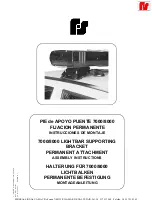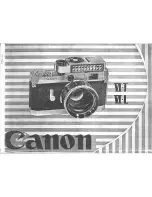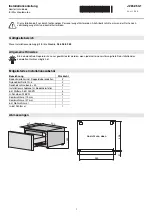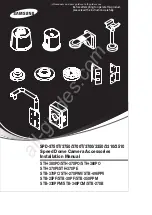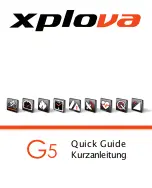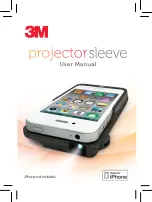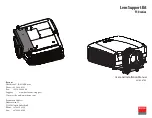
IM 12B7K1-02E
< 3. Maintenance on operation >
3-1
3. Maintenance on operation
3.1
Operation and Periodic Maintenance
3.1.1
Calibrating pH Sensor Using Buffer Solutions
Calibrate pH sensors with buffer solutions before starting normal operation because the emf of
glass electrodes differs somewhat from each other.
The emf of a glass electrode gradually changes due to electrode staining or deterioration.
Therefore, buffer solution calibration must be carried out periodically within a given period of time
to keep the measurement errors within the limits specified.
For more detailed information on the calibration procedures, see relevant transmitter/converter IMs.
3.1.2
Cleaning Glass Electrode and Liquid Junction
Staining of a glass electrode or liquid junction can cause measurement errors. Therefore, if he
measured solutions tend to stain the electrode, the glass electrode and liquid junction must be
cleaned periodically - depending on the degree of staining. if the pH sensor is installed in a holder
with a cleaner, the sensor is continuously (for an ultrasonic cleaner) or intermittently (for a jet or
brush cleaner) cleaned automatically.
Because of this, sensor cleaning is not usually required. However, if the sensor characteristics
are affected by chemical staining, for example, when the sensor is used for pH measurement of a
highly alkaline solution, carry out acid washing.
To clean the glass electrode or liquid junction, proceed as follows:
● Stains due to suspended Solids, Sticky Materials, Microbes or the like
Using soft tissue paper, wipe the stains off the glass electrode or liquid junction. In addition,
clean off remaining stains by rinsing with water.
● Stains due to Oily Materials
Wash off stains by submerging in a neutral detergent solution in a beaker, etc, (for from
several tens of minutes to several hours depending on the degree of staining).
● Chemical Stains such as due to Metallic Adsorption
Place the glass electrode or liquid junction in a diluted hydrochloric acid solution (1 to 2%)
for several minutes (acid washing).
3.1.3
Refilling Sensor with KCl Solution
The concentration of the KCl solution in the sensor will begin to drop when the saturated
concentration cannot be maintained with the KCl solution from the liquid junction. As the
concentration of the KCl solution decreases, so too does this influence the sensor's performance.
To avoid this, reprenish the KCl solution in the sensor before the concentration starts to decrease.
The time required for maintaining the saturated concentration of a KCl solution in a sensor is
greatly influenced by the sensor's operating conditions. For example, as temperature variations
in measured solutions are great, or as solution temperatures are high, so too does the amount
of KCl solution drained from the liquid junction increase, thereby shortening the period of time for
maintaining the saturated concentration.
In addition if the KCl solution in the sensor becomes contaminated from ions in the solution
under measurement, this influences the sensor's performance. The degree of contaminated KCl
solution greatly depends on the properties of the measured solution.
From the above viewpoint, we cannot precisely determine the replenishment period of KCl
solution. Usually, the KCl solution in a sensor should be replenished every six months or once a
year.
To replenish the KCl solution in the sensor, proceed as follows:.
11th Edition : Dec.14,2018-00
Содержание PH8ERP
Страница 1: ...User s Manual Model PH8ERP KCl Refillable type pH Sensor IM 12B7K1 02E IM 12B7K1 02E 11th Edition...
Страница 7: ...Blank Page...
Страница 23: ...Blank Page...
Страница 29: ......
Страница 31: ...Blank Page...























